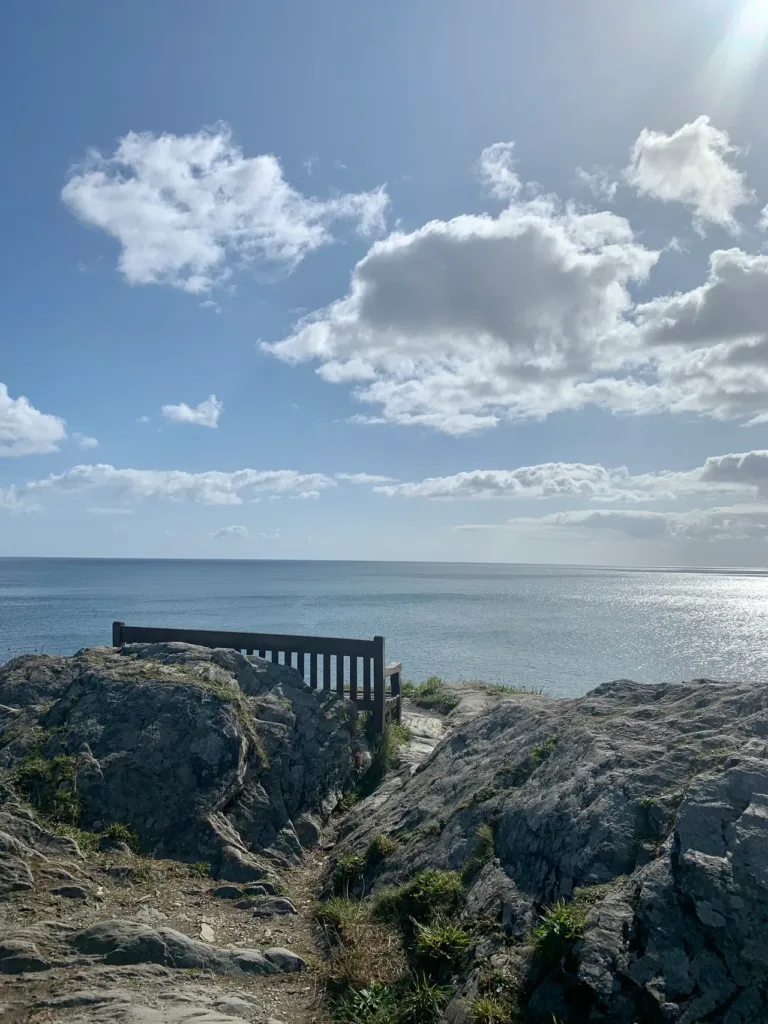Dr Charlotte Russell, Clinical Psychologist
In my role as a psychologist I frequently offer EMDR therapy to my clients. EMDR is a well established treatment approach for a range of problems. It is usually used to help clients to process traumatic memories from the past that may be impacting in the present.
A standard part of the process of EMDR involves identifying a ‘calm place’. This is used to help us to feel calmer if memories from the past become overwhelming, and to bring our level of emotional and physiological arousal down. Identifying a calm place is a straightforward procedure where you imagine somewhere where you feel calm and safe. The therapist then guides you to connect with that image by identifying the sights, sounds and emotions present.
It is an option to use an imaginary place, but in my experience few people choose this. Over the years I’ve noticed that the majority of clients choose places they have travelled to. Many use somewhere we have just been once; tropical beaches in the Caribbean or Asia are common ones. Benches in rural areas of the UK also come up a lot. It always amazes me how quickly and how vividly clients are able to imagine themselves in these places, and how effective it can be. Our imaginations are very powerful but so too is our sense of connection to the places we have been.
Research in recent years has shown us that spending time in nature can be very powerful for our well-being. This includes research into forest bathing, which involves spending time in a forest and being mindful and present in these experiences. It has been shown that regular forest bathing can be as effective as therapy on self-reported well-being (McEwan et al., 2021).
How can we harness the powerful effects of our travel experiences?
It is actually very simple to get the most out of experiences in nature whilst you are on a trip. When you are at a beautiful place, spend some time absorbing it with all of your senses. Put your phone away. Feel the sand in your toes, the water on your skin, look around and notice all the different colours you can see. Notice the blue sky, hear the sounds, notice how you feel. Do this for a few minutes at least each day of your holiday, and really focus on connecting with this experience and with the place.
When you are home you will be able to access this image whenever you need to. Really imagine yourself there and all the sights and sounds that you were experiencing. Do this for a few minutes whenever you need to. Connecting with an image like this can help to activate our parasympathetic nervous system, and this can very quickly help us to create a sense of calm. You might be surprised just how effective it can be.
References
McEwan, K., Giles, D., Clarke, F. J., Kotera, Y., Evans, G., Terebenina, O., … & Weil, D. (2021). A pragmatic controlled trial of forest bathing compared with compassionate mind training in the UK: Impacts on self-reported wellbeing and heart rate variability Sustainability, 13(3), 1380.
If you liked this article check out What are the psychological benefits of travel?

